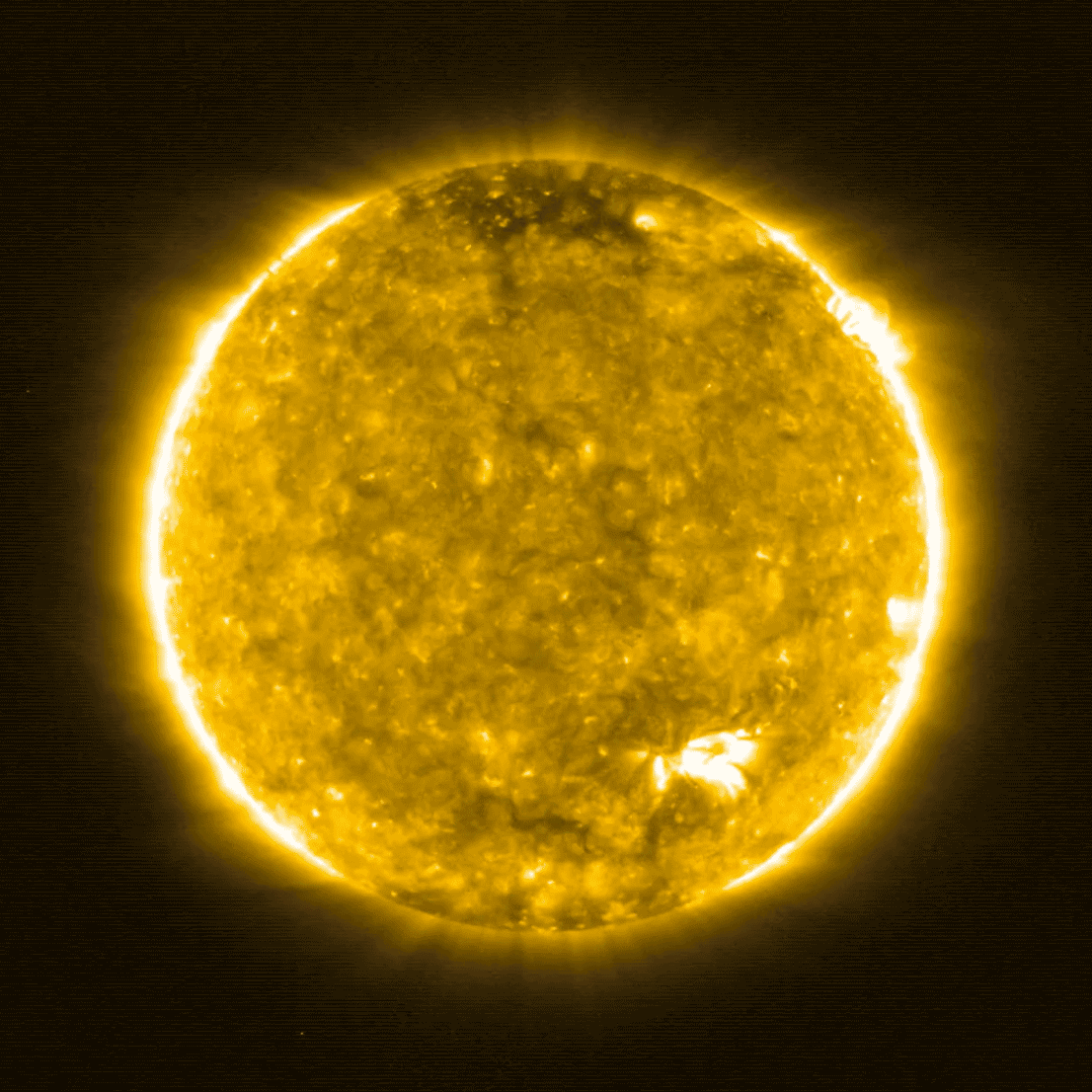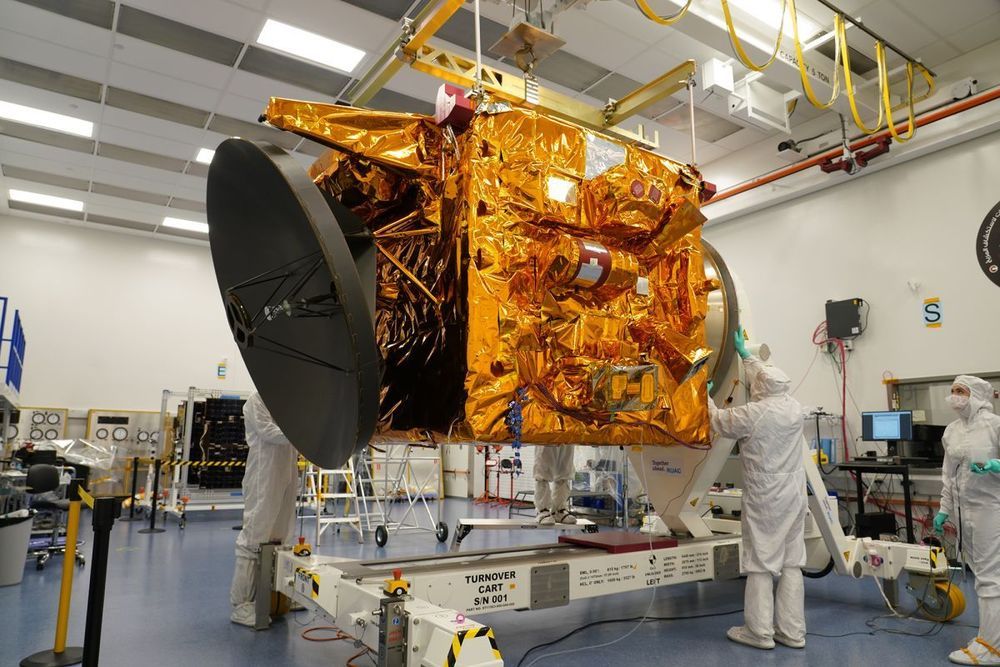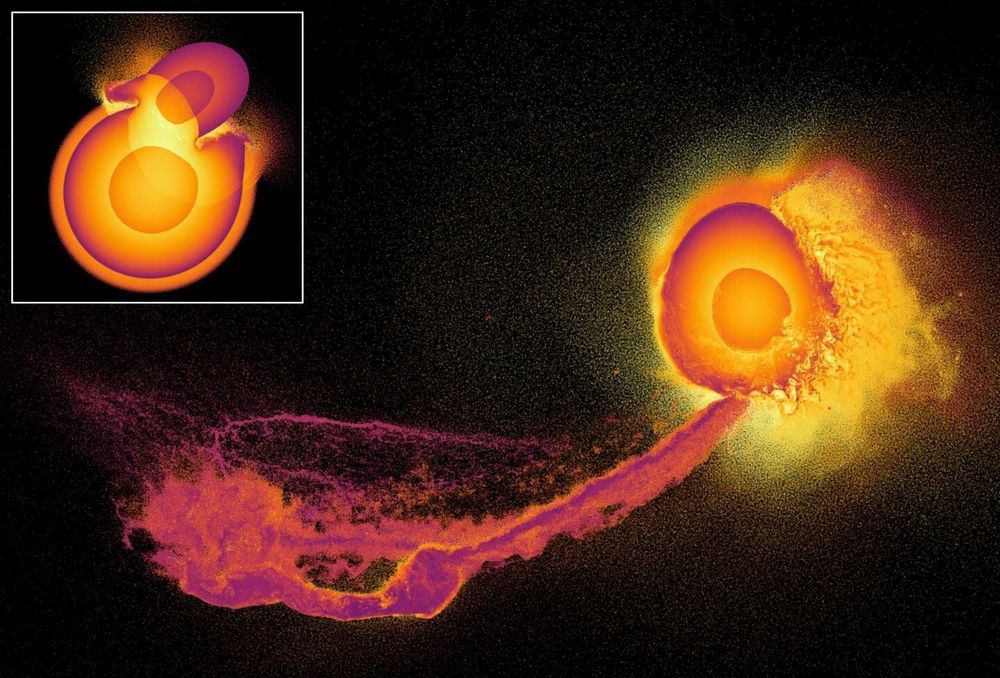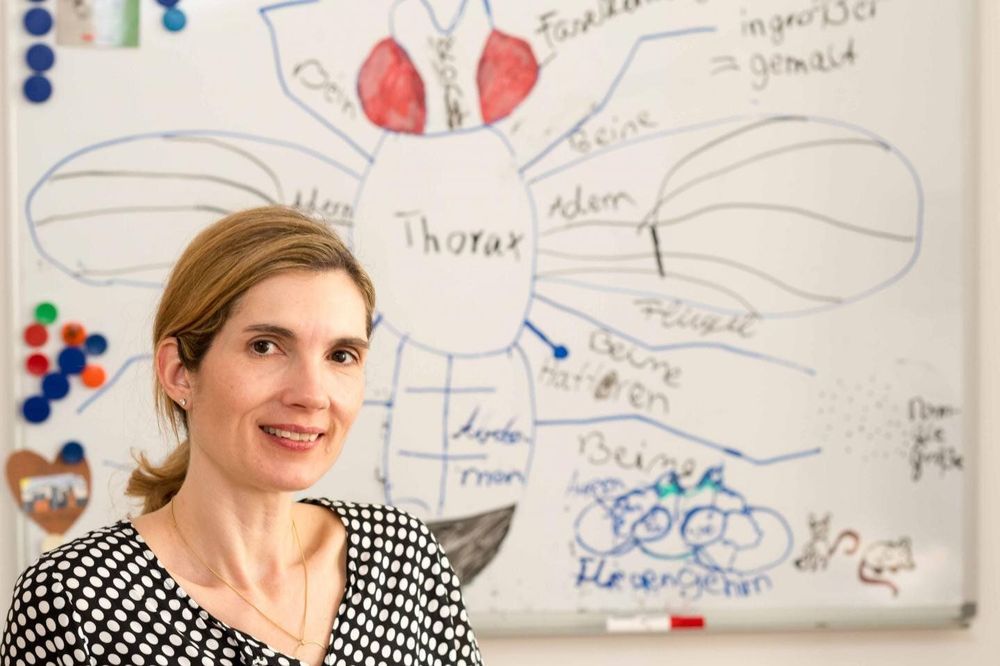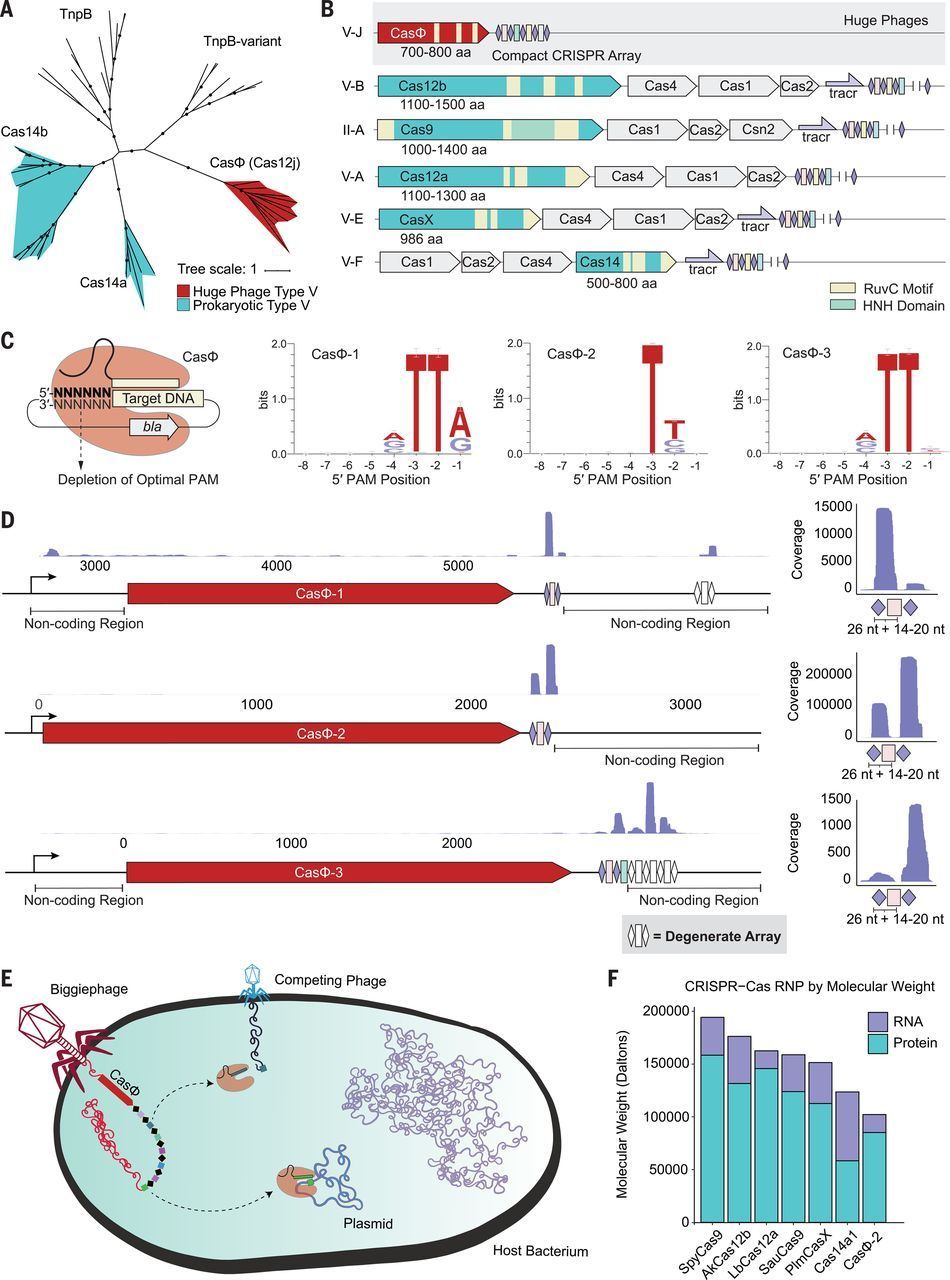Jul 16, 2020
Solar Orbiter Returns First Data, Snaps Closest Pictures of the Sun
Posted by Genevieve Klien in category: space
The first images from the Solar and Heliospheric Imager, or SoloHI instrument, reveal the zodiacal light (the bright blob of light on the right protruding towards the center). Mercury is also visible as a bright dot on the image left. The straight bright feature on the very edge of the image is a baffle illuminated by reflections from the spacecraft’s solar array.
Credits: Solar Orbiter/SoloHI team (ESA & NASA), NRL
Images from the Polar and Helioseismic Imager, or PHI, showed it is also primed for later observations. PHI maps the Sun’s magnetic field, with a special focus on its poles. It will have its heyday later in the mission as Solar Orbiter gradually tilts its orbit to 24 degrees above the plane of the planets, giving it an unprecedented view of the Sun’s poles.
